Emotional Education for Change
EE4Change is a training program in emotional education promoted by INEEW, with the goal of providing resources to implement emotional education in projects aligned with the United Nations Sustainable Development Goals (SDGs) and the Inner Development Goals (IDGs). The program is aimed at young leaders interested in developing key emotional competencies within their social transformation projects. This initiative has been implemented in some of the most vulnerable contexts on the planet, offering practical tools for self-knowledge, emotional regulation, resilience, and collective well-being.
This technical report documents the development, participant profile, and evaluation results of the Emotional Education for Change program, EE4Change, implemented in Liberia, Kenya, Tanzania, and other African countries in 2022 and 2023. This initiative, led by INEEW, aimed to strengthen the emotional competencies of young people in vulnerable contexts as a strategy for individual well-being and sustainable social transformation.
Objectives
- Introduce practical tools for self-knowledge, emotional regulation, and empathy.
- Strengthen self-efficacy, active participation, and youth leadership in social projects.
- Link emotional development with the Sustainable Development Goals (SDGs) and the Inner Development Goals (IDGs).
-
Foster a culture of well-being and resilience among African youth through experiential learning.
Sustainable Development Goals (SDGs)
This EE4Change program is directly aligned with:
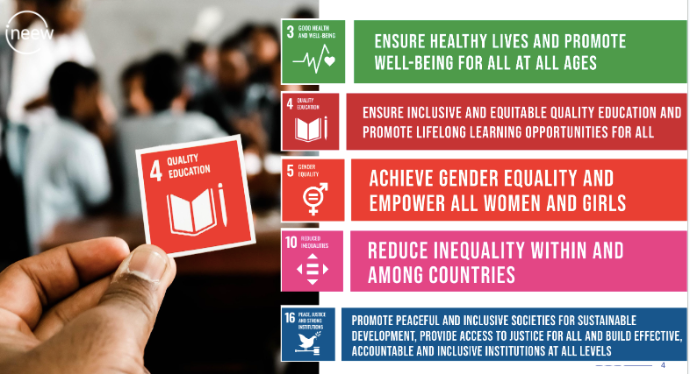
In addition, we also worked from the perspective of the Inner Development Goals (IDGs), in the field of personal and relational development, such as:
Being: inner presence, emotional regulation, inner compass.
Relating: empathy, compassion, authentic connection.
Structure and methodology
The program was delivered virtually over four thematic sessions, with a total duration of 8 training hours, including activities and group reflection spaces. Evaluation was conducted through anonymous digital forms at the end of the program.
Session | Title | Main Content |
1 | “I got a feeling” | Emotional awareness |
2 | “I' can handle it” | Emotional regulation |
3 | “Empowerment” | Self-efficacy, motivation, and leadership |
4 | “Make it happen” | Application to change and community action |
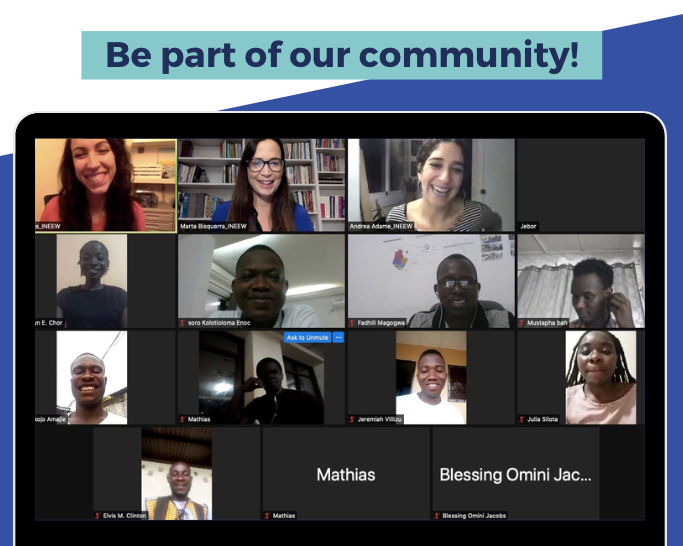
The program had the participation of 28 people, aged between 16 and 49 years. This generational diversity enriched the exchange of perspectives and experiences during the sessions.
Gender distribution:
Most participants identified as men (24), while 4 identified as women. This distribution highlights a gender imbalance that could be addressed in future editions through strategies to encourage greater inclusion of women.
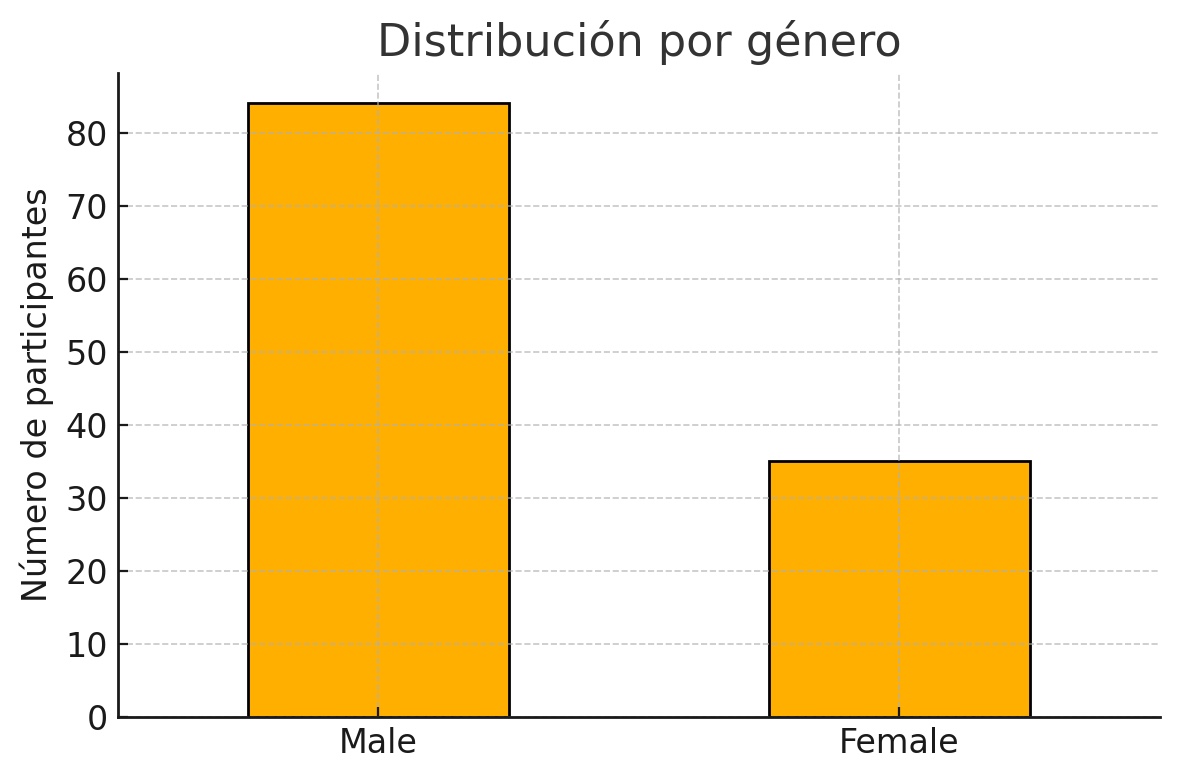
This chart reflects the predominance of male participants, highlighting the need to promote greater gender equity in future editions.
Age distribution:
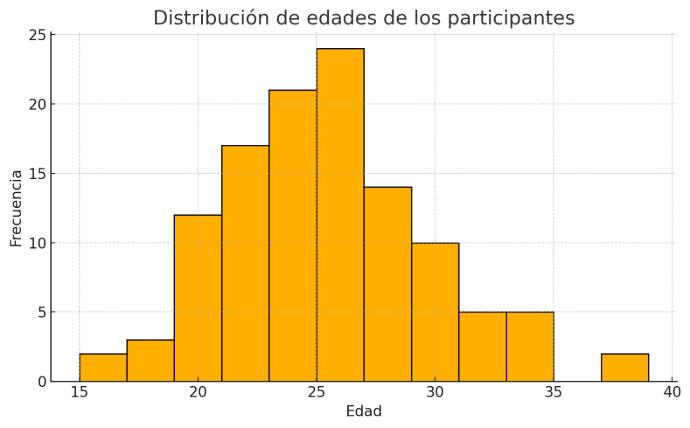
The distribution shows diverse participation, with representation from both young people and adults.
Regarding educational level, 18 participants had completed secondary education, six held a university degree, one was pursuing undergraduate studies, and three had postgraduate or advanced diplomas. This educational diversity provided a favorable environment for peer-to-peer learning.
Previous emotional knowledge:
Most participants reported knowing what an emotion is (24 people), though 11 admitted not knowing the basic emotions. This underlines the importance and relevance of an introductory emotional education, such as the one offered by the program.
Responses to "Do you know what an emotion is?":
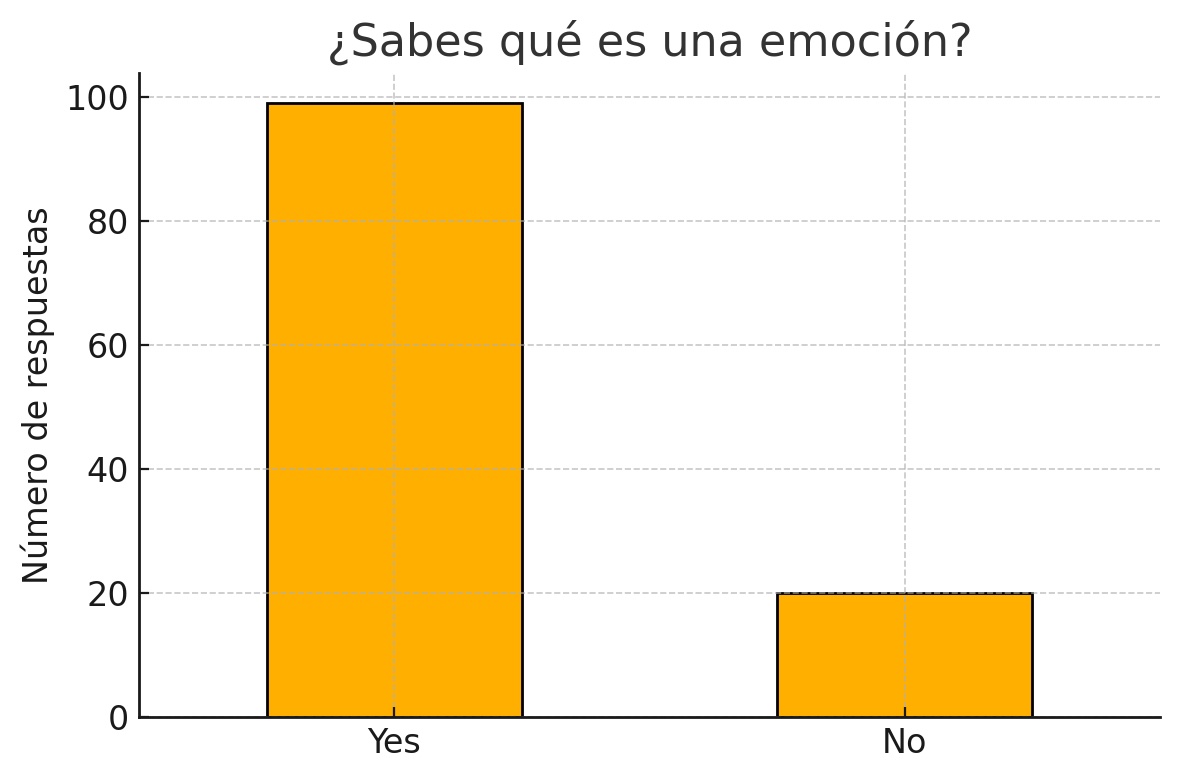
While the majority declared having basic notions about emotions, a significant group showed less familiarity, justifying the program’s introductory focus.
Program evaluation:
Survey results collected at the end of the program show an overall positive assessment:
Indicator Evaluated | Average | Scale |
Clarity and effectiveness of content | 4.2 | /5 |
Knowledge integration through examples | 4.4 | /5 |
Usefulness of topics for personal life | 4.6 | /5 |
Pace and duration of sessions | 4.1 | /5 |
Satisfaction with speakers | 9.0 | /10 |
Participants emphasized the clarity, relevance, and practical applicability of the content. Most reported feeling motivated and capable of applying what they learned in their personal and community contexts.
Conclusions
-
The program proved effective and well-received by young participants.
-
Improvements were observed in emotional understanding, self-efficacy, and motivation to act within their communities.
-
The methodology was applicable and valuable even in virtual formats and despite technological barriers.
- A solid foundation exists to replicate and scale the model in other regions, with necessary cultural and linguistic adaptations.
Success Stories
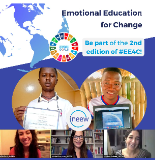
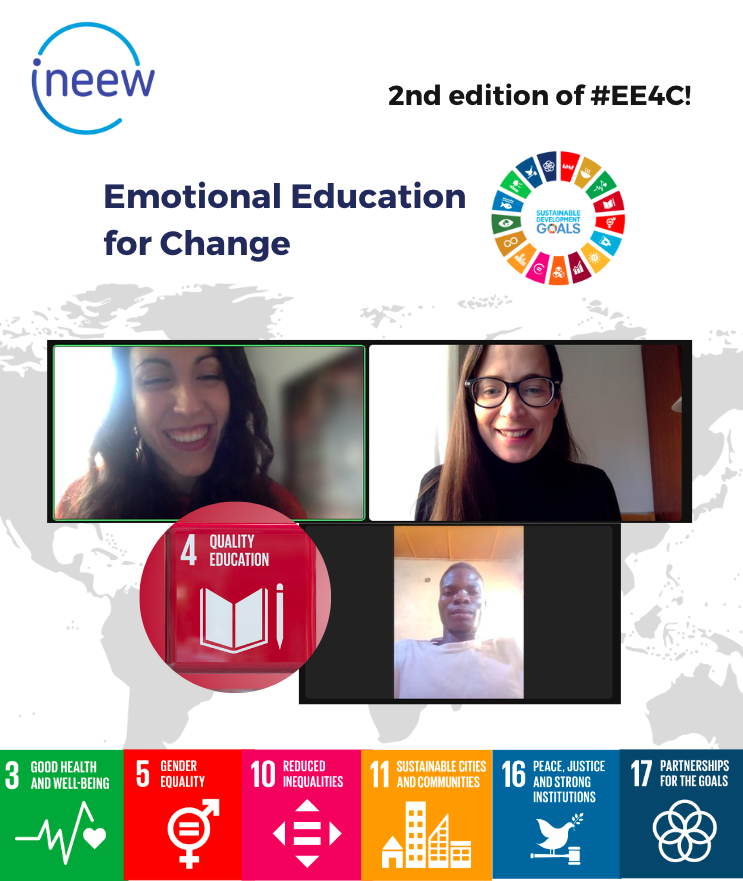
Emotional Education for Change